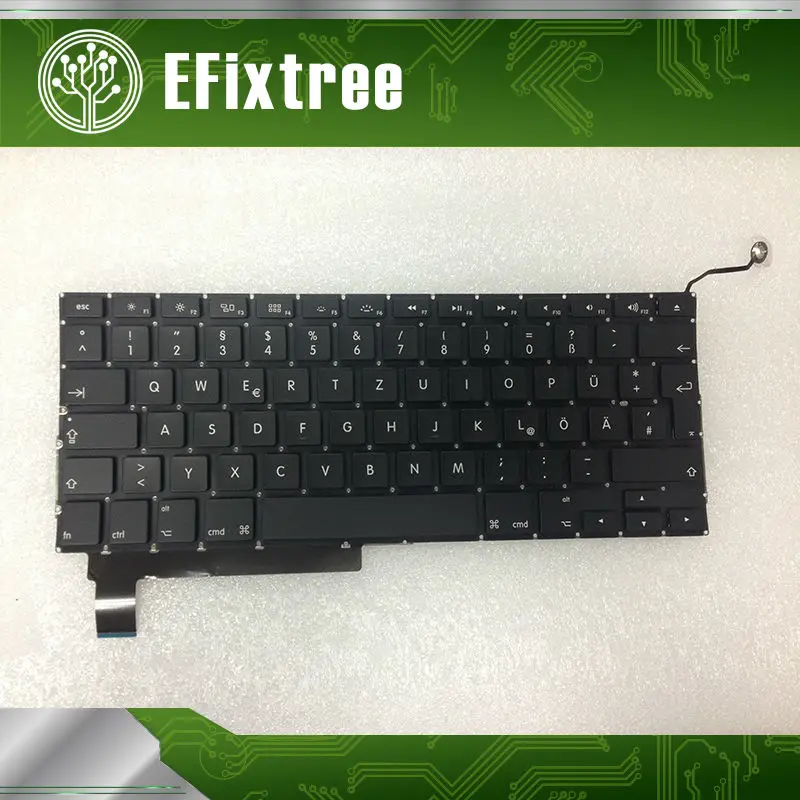

It kicked off a new design language, complete with USB-C ports and that butterfly keyboard. It was just called MacBook (no “Air” or “Pro” modifier), and it was heralded as a new kind of laptop for Apple.

The era of the butterfly keyboard kicked off with 2015’s 12-inch MacBook. So while the butterfly keyboard may be gone from Apple’s store, it’s certainly not gone from this world.īy subscribing, you are agreeing to receive a daily newsletter from The Verge that highlights top stories of the day, as well as occasional messages from sponsors and / or partners of The Verge.

If you’re using a MacBook yourself, there’s a good chance you’re typing on one, too. I would say good riddance, but I am typing this on a MacBook Pro with a butterfly keyboard right now. Apple obstinately stuck with this keyboard design for much too long, hurting its image and causing wholly unnecessary hassle and cost for its customers. Switching the entire product lineup over to a new keyboard in the span of six months is impressive, but the decision to finally do so came far too late. After five years of applying bandages to the butterfly keyboard, Apple has switched over its entire laptop line to the scissor-switch-based Magic Keyboard in the span of six months. Then, press the Option key five times each time you want to switch between controlling the mouse pointer and typing."If you continue to experience issues with your keyboard keys not working properly, read this Apple KB Article for more resolutions.With today’s announcement of a new 13-inch MacBook Pro, Apple has finally stopped trying to fix one of the most controversial and problematic hardware designs in its history: the butterfly switch mechanism on its laptop keyboards. If you would like to control the mouse pointer with the keyboard and also use the keyboard for typing, enable "Press the Option key five times to turn Mouse Keys on or off" in Universal Access preferences. The following keys will continue to operate normally when Mouse Keys is enabled: Esc, Function keys, Eject, Delete, Tab, Shift, fn, Control, Option, Command, and the arrow keys. (Keyboards with no numeric keypad or Num Lock key include: Apple Wireless Keyboard (2007), the built-in keyboard on MacBook (Late 2007) or newer, MacBook Air, or MacBook Pro (Early 2008), or newer.) Note: If you are logged on to a user where Mouse Keys is already disabled, but your keyboard is not responding properly, toggle the radio buttons for Mouse Keys "On" then "Off" to restore normal functionality.Additional information provided in this Apple KB Article: "When Mouse Keys is enabled with one of these keyboards, you can use the keys 7,8,9, U, I, O, J, K, L, M, and '.' (period) to control movement of the mouse pointer and mouse clicking, but other numbers, letters, and keys cannot be used. Note: You may also check/uncheck the box for "Press Option key five times to turn Mouse Keys on or off". Click the "Off" radio button next to Mouse Keys. Click the Mouse & Trackpad settings tab.ģ. Open System Preferences and click on the Universal Access preference pane.Ģ. To check your System Preference settings, or to enable/disable Mouse Keys: 1. The setting could have been activated while syncing from a MobileMe account that had the preference enabled, migrating a user from another computer using Migration Assistant that had the preference enabled, or by pressing the Option key five times (if that setting is enabled in System Preferences). Mouse Keys can be enabled a number of different ways.
APPLE MACBOOK PRO 2011 INTERNAL KEYBOARD REPLACEMENT MAC
These symptoms may also exist if you log in to a user account on a Mac where a different user account has Mouse Keys enabled. If you find that you are unable to type letters or numbers on your keyboard, it is very possible the Mouse Keys function has been enabled. Read further to get a resolution to this issue. Written by Joe AimonettiSome users may experience issues with their keyboards not working as expected-possibly due to the Mouse Keys function being enabled on their Mac.


 0 kommentar(er)
0 kommentar(er)
